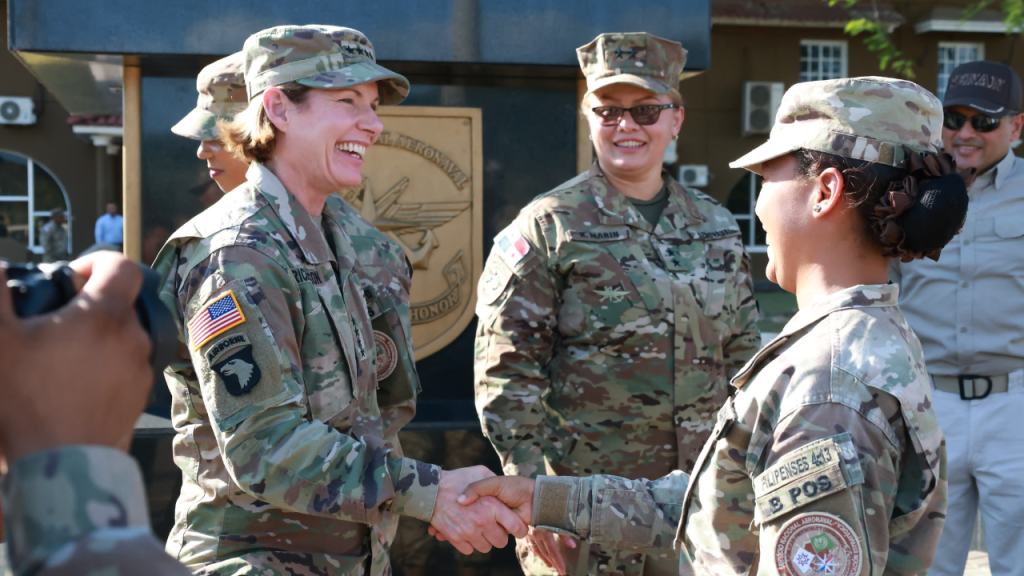
U.S. troops are preparing to deploy near the Panama Canal for military training, exercises, and other operations as part of a new agreement between the United States and the Panamanian government.
The agreement, obtained by AFP on Thursday, appears to be a diplomatic concession to President Trump, who has repeatedly criticized Panama’s canal fees and threatened to reclaim control of the globally vital waterway.
“We’re going to take [the canal] back, or something very powerful is going to happen,” Trump warned back in February.
This new arrangement, however, distances itself from recent comments made by Pete Hegseth, who had suggested the U.S. might re-establish old military bases in Panama if invited.
Instead, the deal stipulates that U.S. forces will operate out of Panamanian-controlled facilities — some of which were originally built by the U.S. decades ago when it managed the canal zone.
“Panama made clear, through President Mulino, that we cannot accept military bases or defense sites,” said Panama’s security minister, Frank Abrego, during a joint appearance with Hegseth on Wednesday.
Despite the agreement, questions still linger about Washington’s stance on Panamanian sovereignty. Trump’s persistent rhetoric about reclaiming the canal has raised concerns about how committed the U.S. remains to recognizing Panama’s control over the region.
A Spanish version of a joint statement released on April 8 said that Hegseth “recognized the leadership and inalienable sovereignty of Panama over the Panama Canal and its adjacent areas.” However, the English version of that same statement did not include this assurance.
When asked directly whether the U.S. acknowledges Panama’s sovereignty, Hegseth avoided a clear answer, instead stating that the goal is to protect Panama from “malign influence.”
“We certainly understand that the Panama Canal is in Panama, and protecting Panamanian sovereignty from malign influence is important,” he said. Later, he told reporters that the U.S. does “respect the sovereignty of the Panamanians and the Panama Canal.”
Hegseth also emphasized that the U.S. is working to counteract Chinese influence in the canal zone, noting that this military cooperation with Panama is part of that strategy.
His comments come amid rising tensions between the U.S. and China, particularly after a fresh round of tariffs was introduced.
In early March, Trump praised a proposed plan involving U.S. investment firm BlackRock to acquire key port infrastructure near the canal.
But the deal may be delayed due to issues involving Hong Kong-based CK Hutchison, the current port operator, which has faced backlash over unpaid dues and missing regulatory approvals.
The U.S. originally controlled the canal and its surrounding area from 1903 until it officially transferred full control back to Panama in 1999. Now, with this new agreement, it seems the U.S. military presence in the region is beginning to resurface.
